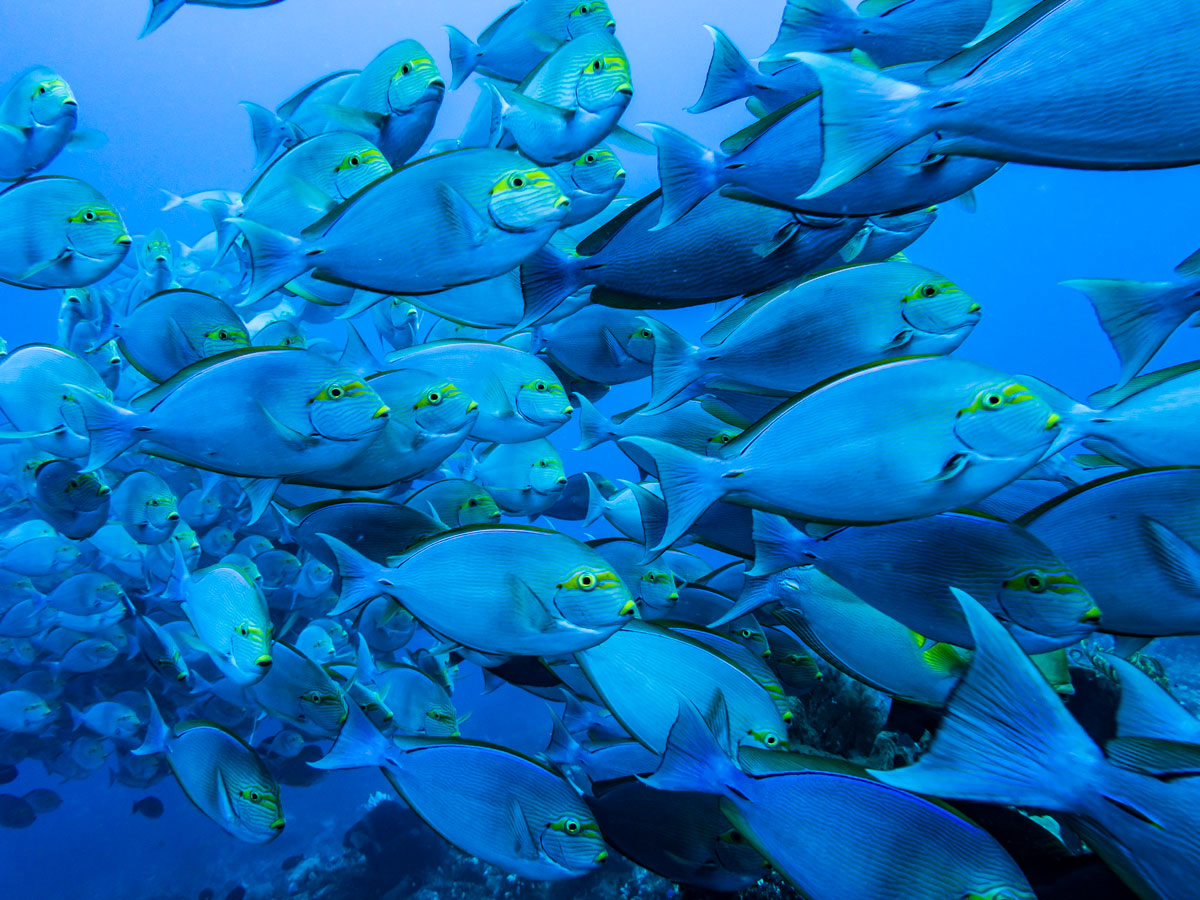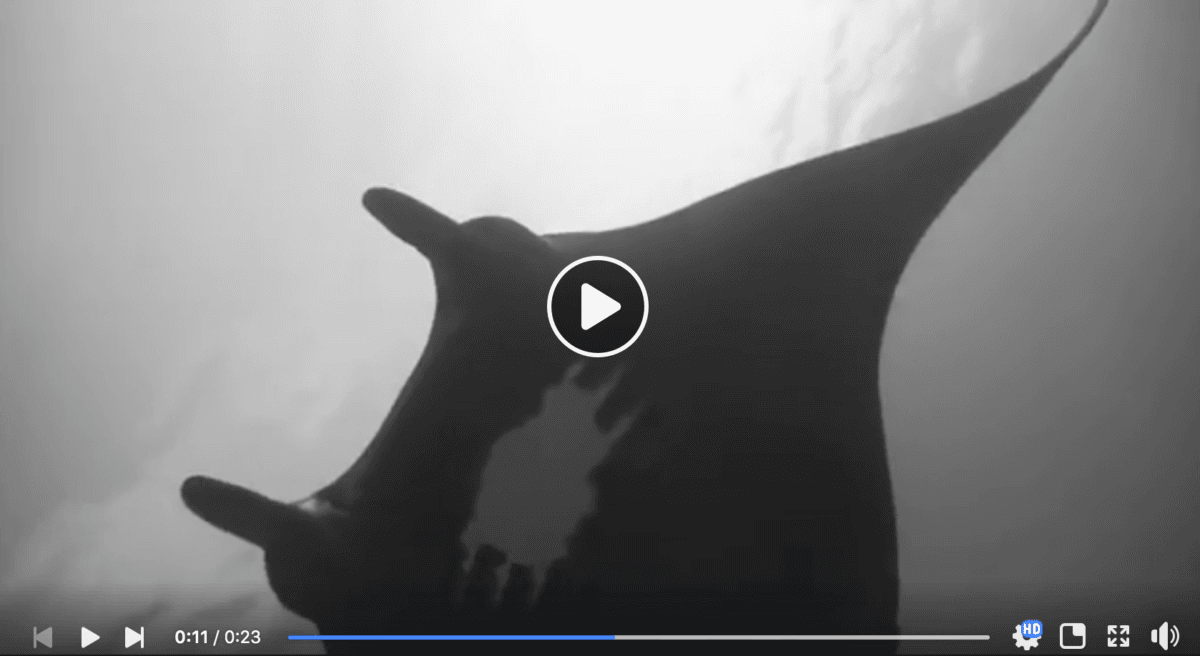I am pretty sure that if you ever have been interested in visiting the Island of Flores and the Komodo National Park, the first things you have found or read are related to diving in Komodo.
Scuba diving is the activity chosen by those who venture to visit this area of Indonesia. No wonder, since the waters of the national park have a biodiversity seen in few places on the planet, making it a mandatory stop for scuba diving lovers and for adventurers who decide to try it for the first time.
Komodo National Park
Komodo, Rinca and the rest of the islands that make up the park are in a very special location between the Indian and Pacific Oceans (The Coral Triangle). This location influences two things. First, the movement of water between both oceans creates a series of currents for which the park is well known. Also, this movement of water brings with it a large number of nutrients that in fact attract all kinds of marine inhabitants, from mammals (dolphins, whales, dugongs, …), corals, fish, even other predators that follow the trail of smaller fish.
Habitants of Komodo
Submerging in its waters is, in many of the occasions, submerging into a giant fish tank where the density of marine population is exorbitant. Manta rays, sharks, napoleons, barracudas, mackerels, lionfish, cuttlefish, frogfish, sea horses, turtles, nudibranchs, harlequin prawns, orangutan crab, etc., will delight lovers of underwater photography as well as lovers of nature and the underwater world. Each dive you experience in Komodo National Park will be unique and the quality of the corals/their colors will keep you hooked during the duration of your dive.
We could separate the park into three different sectors, South, Central, and North. Most of the diving points accessible daily from Labuanbajo are located in the central part of the park. Here we would have Siaba Besar, Siaba Kecil, Mawan, Sebayur, Tatawa Besar, Tatawa Kecil, Manta Point and my favorite, Batu Bolong or as I call it, “The Living Aquarium”. Due to the famous currents, not all of these points are accessible for beginners or courses, since certain skills are required to dive in them; nevertheless always remember that safety comes first and that your diving operator should adapt to your level.

Komodo North
The northern part is reserved for divers of advanced level and with some experience diving in currents. Castle Rock, Crystal Rock, Golden Passage, and The Cauldron are the 4 highly rated dives of the North. In them, pelagic and predators are lurking in banks of smaller fish that are found feeding on their waters. The action starts from the moment we descend and the pure adrenaline of seeing these creatures in action will keep you coming back for more.
The culmination of adrenaline seeking for many of us happens by going through the famous “shotgun”, which will be discussed later in another blog.
Komodo South
The southern part is for me and most of us the most unknown. This is due to the fact that is less accessible, from the operational point of Labuanbajo. Usually, you dive in this part of the park from a liveaboard or, if the prevailing winds are from the North, day trips can be arranged there. These dive sites in the South are more sheltered from them this particular wind.
Similarly, when the winds are from the South, the North is calmer and more easily accessible. Manta Alley, End of the world or Cannibal Rock can be found here.
Normally daily diving operations go to the Center or north of the Park, leaving the south for liveaboards.
Get carried away by the currents, sail the waters in the local phinisi, and enjoy a thousand underwater adventures in the hands of the professionals working in Komodo.
Good “azul” and see you underwater !!!
Sergio Palazuelos
PADI MSDT
Azul Unlimited
We teach responsible scuba divers and ocean protectors. The brand is run by PADI IDC Staff Instructor Sarah Valdez who teaches scuba diving in person and on YouTube. Now she travels around the states and Mexico in her van scuba diving in new and different places. Follow her adventures on YouTube, Instagram, Facebook, and TikTok or join the Azul scuba community on Patreon.
Azul Unlimited is partnered with Azul Komodo, a top PADI IDC Center in Labuan Bajo, Indonesia offering daily dive trips to the Komodo National Park. Contact their team directly for an unforgettable experience diving in one of the top dive destinations in the world!










